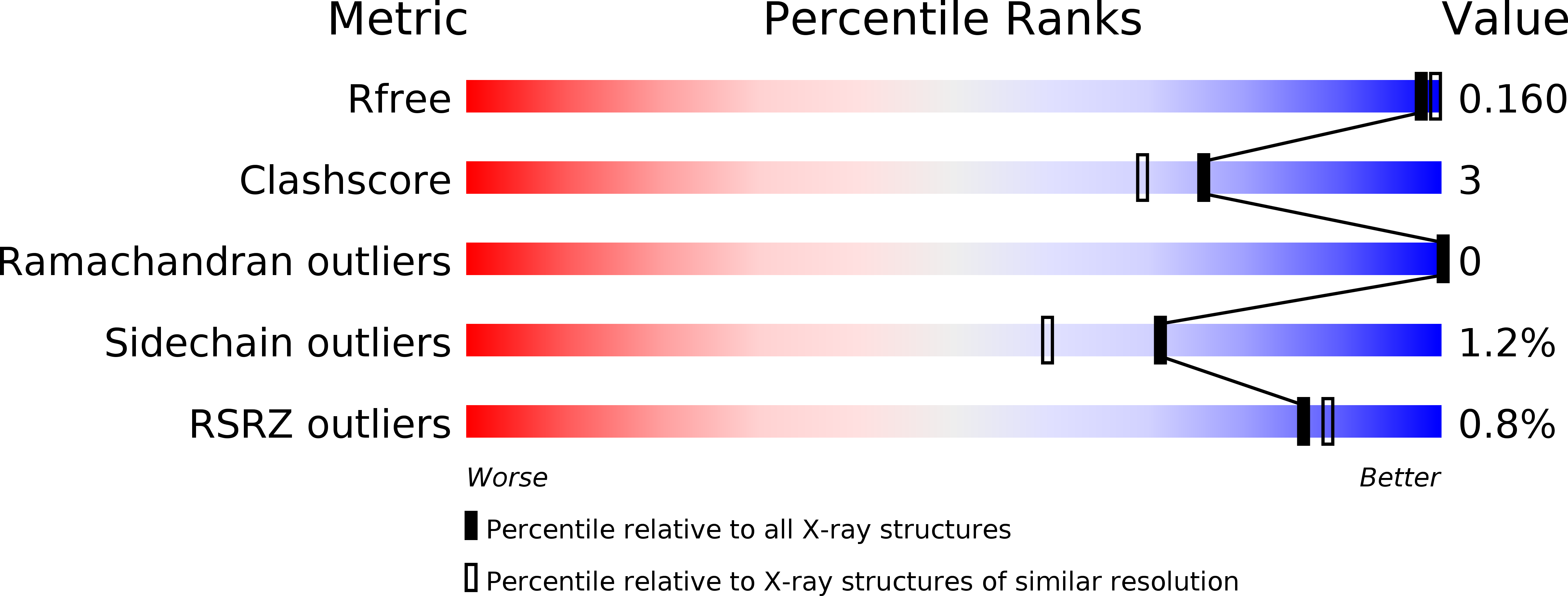
Deposition Date
2013-01-10
Release Date
2014-02-12
Last Version Date
2024-11-20
Entry Detail
PDB ID:
3W4R
Keywords:
Title:
Crystal structure of an insect chitinase from the Asian corn borer, Ostrinia furnacalis
Biological Source:
Source Organism:
Ostrinia furnacalis (Taxon ID: 93504)
Method Details:
Experimental Method:
Resolution:
1.70 Å
R-Value Free:
0.15
R-Value Work:
0.14
R-Value Observed:
0.14
Space Group:
P 65


